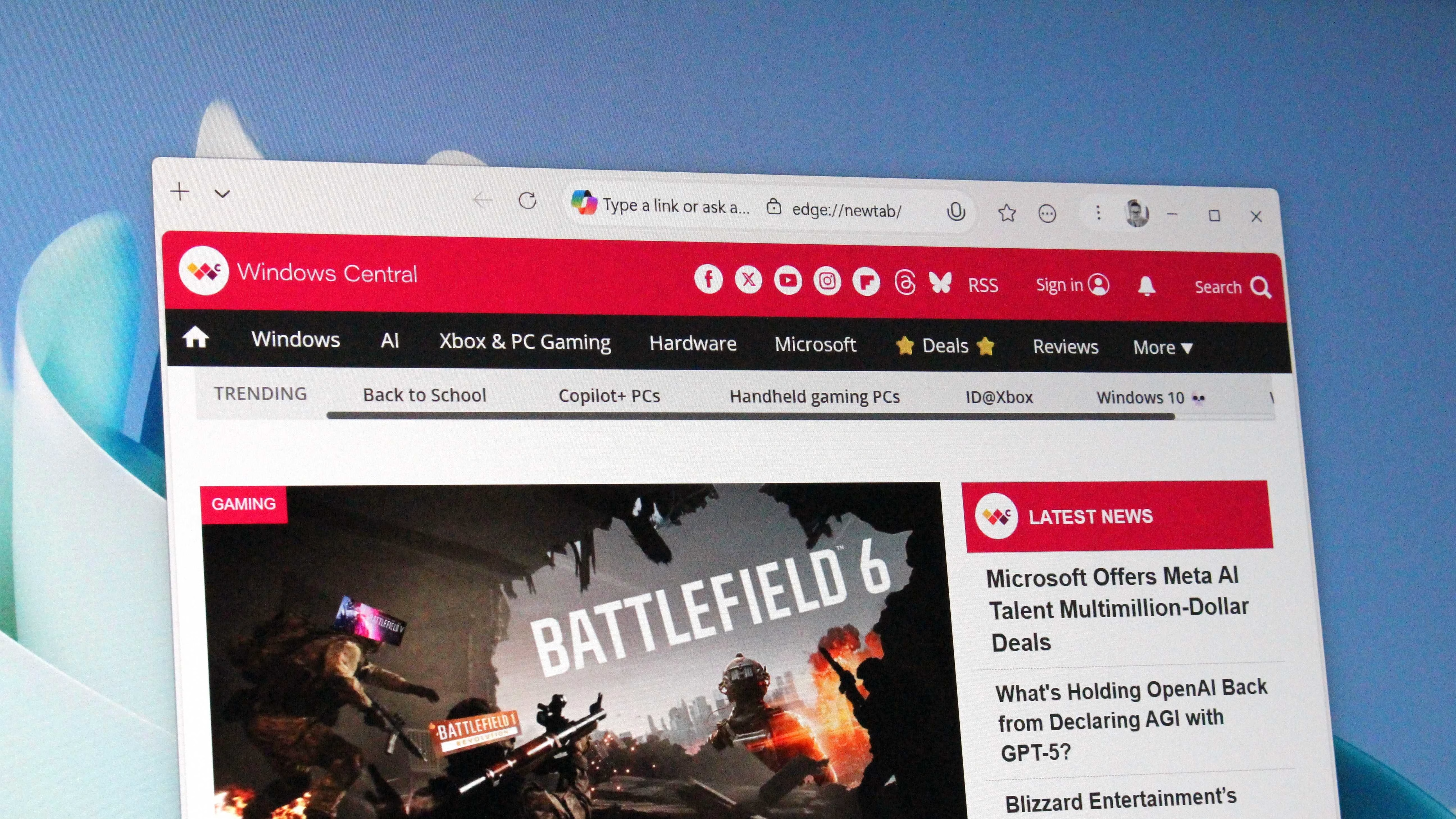Microsoft Edge's "Olympia" Redesign Puts Copilot Front and Center on Windows 11
Microsoft appears to be rolling out a significant overhaul to its Edge web browser, codenamed "Olympia," that fundamentally rethinks the browsing experience by placing the Copilot AI assistant at its very core. This isn't just a minor tweak; we're talking about a substantial user interface (UI) redesign for Windows 11 users, featuring a much cleaner address bar, a simplified window frame, and the integration of vertical tabs, among other notable changes. It's a clear signal of Microsoft's commitment to infusing AI into every facet of its ecosystem, especially where users spend most of their time: the web browser.
This "Copilot-first" approach, which has been quietly surfacing for select Windows 11 users, represents a bold move. Think about it: the traditional address bar, long the central hub for navigation and search, is now seemingly being reimagined as an AI-driven input box. This isn't just for typing URLs anymore; it's designed to handle complex commands, anticipate user needs, and proactively offer suggestions based on your browsing context. It's an ambitious vision, to say the least.
The "Copilot Mode" Experience: A Paradigm Shift
The core of this redesign, often referred to as "Copilot Mode," aims to make the AI assistant an indispensable part of daily browsing. Instead of a sidebar or a separate application, Copilot is now woven directly into the fabric of the browser's main interface. Imagine opening Edge, and the first thing you see isn't just a search bar, but an intelligent input field ready to assist with anything from summarizing an article across multiple tabs to helping you draft an email or even book a flight. It's a pretty compelling idea, isn't it?
Key Design Elements of Olympia
Beyond the Copilot integration, the "Olympia" UI brings several aesthetic and functional improvements that aim to modernize Edge's look and feel, aligning it more closely with the Windows 11 design language.
- Cleaner Address Bar and Window Frame: One of the most immediately noticeable changes is the decluttering of the browser's top section. The address bar appears more minimalist, and the overall window frame is streamlined, reducing visual noise. This creates a more focused browsing environment, letting the content take center stage. For those of us who appreciate a clean workspace, this is a welcome change.
- Vertical Tabs Integration: Vertical tabs, a feature many power users already appreciate, are getting a more prominent and seamless integration. This allows for better management of numerous open tabs, especially on widescreen monitors, by moving them to the side rather than stacking them horizontally. It's a small but mighty change for productivity.
- Quick Compose Tools: The new UI also includes quick compose tools, making it easier to write or edit content directly within the browser, presumably with Copilot's assistance. This could be a game-changer for content creators, students, or anyone who frequently drafts text online.
Implications and User Reception
This radical redesign, while still in its early stages of rollout, carries significant implications for how users interact with their web browsers and, by extension, with AI. It positions Edge not just as a browser, but as an AI-powered productivity hub. This strategy is clearly aimed at differentiating Edge in a highly competitive browser market, where Google Chrome still dominates. By leveraging its AI advancements, Microsoft hopes to carve out a unique niche.
Early reactions from the community have been mixed, as is often the case with such significant UI changes. Some users are excited about the potential for a truly intelligent browsing experience, seeing it as a natural evolution of how we interact with information. They appreciate the cleaner look and the promise of enhanced productivity. Others, however, express concerns about the omnipresence of AI, potential privacy implications, or simply the disruption of familiar workflows. Change is hard, after all. There's also the question of performance; will all this AI magic slow things down? Only time will tell.
The Road Ahead for Edge
What's next? We can expect Microsoft to continue refining this experience, gathering user feedback, and likely expanding the rollout to more Windows 11 users. The success of this redesign will largely depend on how seamlessly Copilot integrates into daily tasks without becoming intrusive. Will users embrace a browser where AI is the primary interface? It's a fascinating experiment, and one we'll be watching closely. One thing's for sure: the future of web browsing is looking a whole lot more intelligent.
